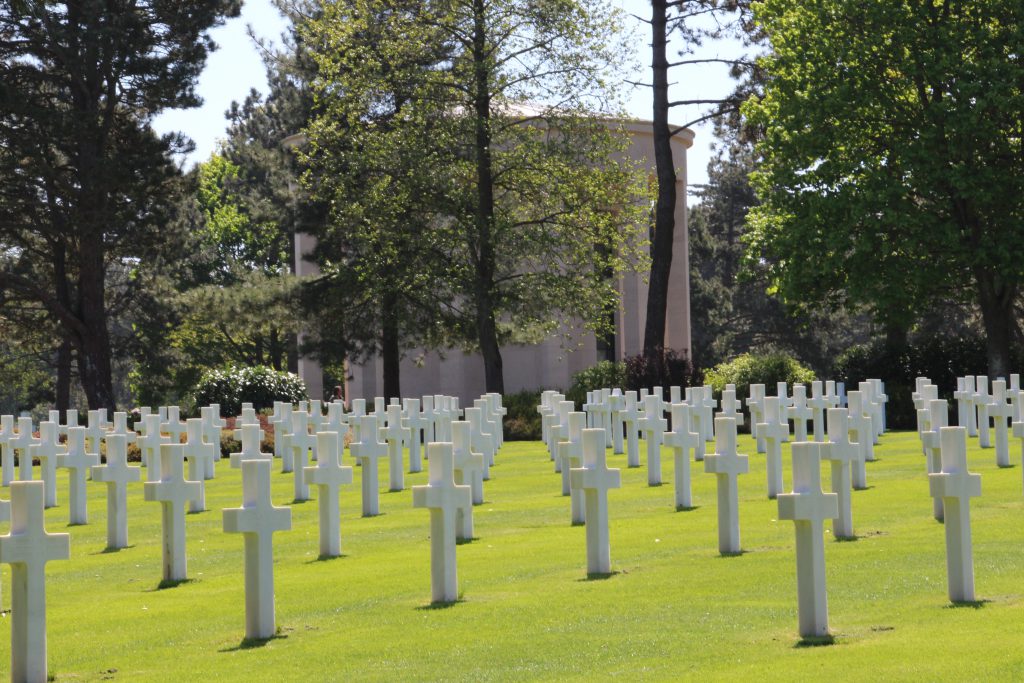A long tradition in the eighth-grade is the Normandy trip every year. The trip this year took place May 12-16 and throughout it, students took a hands-on approach to learning about World War II.
This is an academic based trip, and is the second eighth grade trip this year. In the weeks leading up to the trip, students transitioned from learning about World War I to World War II. Then, to summarize their learning, they took a trip to Normandy to see the different battles, and the after-effects of the war.
The grade was split up by advisories into three buses, and rotating around three different days (on Monday, Tuesday, and Wednesday).
Day A included trips to Pegasus bridge and Juno and Gold beaches, as well as a 360 movie which plays out on ten screens in the theater for an immersive experience.
Throughout day B, students went to the Caen Peace Museum, as well as the trip to two different villages (Sainte-Marie-du-Mont and Sainte-Mere-Eglise) and Utah beach.

During day C, students drove to Omaha Beach and Pointe du Hoc. Students were also given the opportunity to visit American, German, and British/Commonwealth cemeteries and to compare the three in their journals.
The journals have changed a lot over the past year as teachers realized that they’d rather have the students do all the journal work in the bus, and then have the time outside of the bus to look around. As a result, the journals were cut down to almost half its size this year compared to previous years.
Eighth-grade social studies teacher Ms. Penny Giehl has been going on this trip for over ten years and she explained why the content of the three days has changed as well. “We’re really trying to move it away from being so heavily military based. While it’s important to understand the tactics and the strategies, in the past years there’s been a little too much.”
Ms. Giehl explained that this year they were focusing on the personal side of things. This included stories of the soldiers going into battle, stories of the citizens of the towns attacked, and stories that show the skill, but also the luck that fills many of the battles.
Eighth-grade student Grace Hamilton said that for her, the most meaningful moment was the Caen Peace Museum. “It had artifacts from all over the war, not just in Normandy. You could see sides like what was happening in Nanjing, and what was happening over in the Pacific all in one place, and I thought that really impacted me.”
On the other hand, eighth-grader Madeleine Hatzmann thought the most meaningful moments for her were in the British//Commonwealth cemetery. “I really like seeing the three cemeteries, and how they shared similarities and differences, but my favorite was the British just because of the warm atmosphere and the messages engraved on the tombstones.”
The goal of the trip was to be able to go see where historical events took place, and see the ruins (such as the bullet-holes and bomb craters) that are still part of the towns and coastline today. It was to be able to feel what it was like to be in the soldiers’ shoes on the day of the battle.
When talking about the goal of the trip, Ms. Giehl said, “Whether it was the completely off-chance of us running into a WWII veteran, or being in the 360 cinema, it’s having that penny-drop moment when everything we’ve been teaching and they’ve been learning all comes together, and that is the reason why this trip is in place.”
